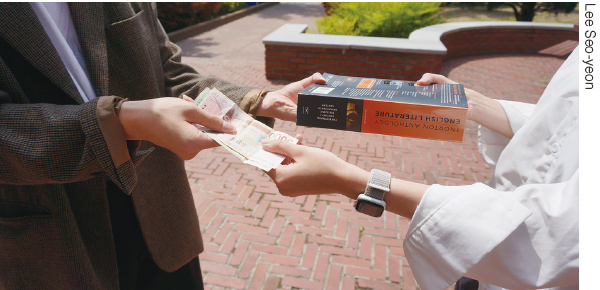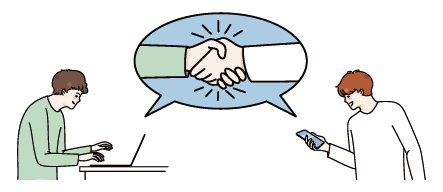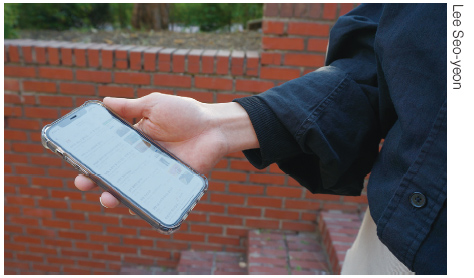The economic recession due to the prolonged COVID-19 pandemic and the evolution of accessible mobile platforms have caused the growth of the “secondhand market” in South Korea. As a result, secondhand trade has become a trend as well as one of the consumption cultures among Koreans today.

What is “Secondhand Trade”?
Secondhand trade refers to the trading of used products with other people at a reasonable price that is lower than that of brand-new products. The price depends on the quality of the product, and it is flexible, meaning that it can be negotiated. As this is the best way to obtain products at the lowest price, many people nowadays have engaged in secondhand trade to save their money.

How to Trade
As mentioned above, various accessible mobile platforms for secondhand trade are now available. Years ago, there existed only a few websites where people could upload used products to sell and contact buyers. However, various mobile applications have emerged. Some of the applications allow users to trade only with their neighbors. Such service is popular among users because it prevents swindling and encourages harmonious life in the local community. In addition, by using Everytime, the university online community, students not only share the information about their campus life but also trade common items to economize.

When sellers and buyers agreed to make a deal, they decide how to do so. The most common way to make a deal is in-person trade. Many people prefer to trade in person because they can check the condition of the item while trading and receive and send the money right away. However, because of COVID-19, some people have been unwilling to meet others in person. Those people can trade by parcel or by hanging products on doorknobs. The former way requires an additional amount of money as a delivery charge. The latter way involves requesting a seller to hang the trading item on the doorknob so that the buyer can pick it up without having to face each other. Usually, people send money through internet banking in such situations. Using a self-service locker at subway stations or convenience stores is another non-face-to-face way to trade. Although the last three ways may invite higher risks of swindling, they are beneficial for people who are too busy to make an appointment.
Why Do People Trade Secondhand Items?
Numerous college students have contributed to the growth of the market. Therefore, The UOS Times interviewed two students from the University of Seoul (UOS) who had experienced either selling or buying at a secondhand market.

Student A
Last year, I wanted to sell off all the books that I no longer read because I am now too old for them. My books were as good as new, so I did not think it was a good idea to just throw them away. After a few moments I uploaded the pictures and basic information about the books on one of the most well-known platforms, one user contacted me. She was a mother of three children who loved reading. When I went out to trade with her, I was wearing my jumper, which has the symbol of UOS printed on it. The trader noticed the symbol right away and told me that she graduated from UOS a few years ago. It was my first time ever meeting an alumna in my town, which is far from the campus. Therefore, I did not only earn some money but also got a special memory that still makes me smile.
Student B
I live near the campus alone, and this costs a lot. To lighten the burden, I always buy books for classes from other college students who have already taken the classes. Earlier this year, I met one student who gave me his used book for free when he noticed that I was a freshman. I shared some snacks with him to thank him, and this experience enheartened me a lot.
As shown in the interviewees’ statements, there are many benefits in trading secondhand items. It is not only a good way to save money (or even earn some money) but also an easy way to protect the environment. Reusing items and reducing the production of new products certainly help save the earth. Thus, The UOS Times is very glad to report this trending culture of consumption and would love to recommend the readers try this type of trade and share their experiences and ideas.
Lee Seo-yeon
sy001109@uos.ac.kr

